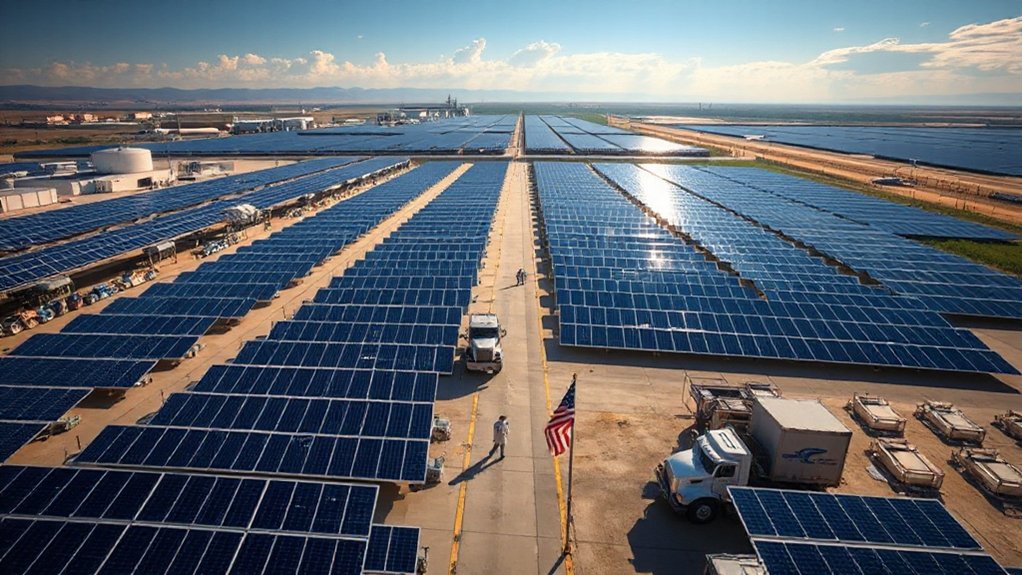Germany’s grid reform is shaking things up in a good way. The €1.5 billion cost-cutting overhaul tackles unfair energy pricing that’s been driving eastern Germans crazy. Households in wind-rich regions will save over €200 next year—not too shabby. Industries get a billion-euro break too, potentially saving factories from closing. Politicians are breathing easier as voter anger cools. The details reveal who’s really winning in this power play.
Germany is slashing electricity costs with a sweeping grid fee reform that’s set to save consumers and businesses a whopping €1.5 billion nationwide. About time, right? Households in renewable-rich regions will see over €200 in savings on their 2025 bills compared to 2024, while average Brandenburg residents can expect around €100 back in their pockets annually.
Germany’s grid fee overhaul finally delivers fairness, putting €1.5 billion back where it belongs – in consumers’ pockets.
The old system was a joke. Northern regions with tons of wind turbines were paying through the nose for the privilege of hosting all that clean energy. Talk about backward incentives. The new model spreads those grid upgrade costs across all German consumers instead of dumping the whole bill on locals. Fair is fair.
This redistribution couldn’t come soon enough. Eastern German states have been seething over energy costs, and populist parties have been having a field day with voter discontent. Nothing fuels political extremism quite like feeling ripped off on your electricity bill.
Industries are the big winners, with over €1 billion in savings headed their way. German factories have been struggling to stay competitive with sky-high energy prices threatening to drive manufacturing elsewhere. The BDEW and VDA industry associations have expressed serious concerns about rising electricity costs for companies in industrial regions.
These grid fee cuts, plus additional proposed subsidies that could slash fees by up to 2 cents per kWh, might just keep the economic engine running.
The reform aligns perfectly with Germany’s renewable energy goals. More even cost sharing means smoother integration of all that wind and solar capacity.
Grid fees currently eat up about 20% of household electricity bills in Germany. That’s a hefty chunk that’s finally getting trimmed.
There’s talk of splitting Germany’s single power price zone into as many as five bidding zones, which could cut redispatch costs by half.
Throw in grid-scale battery storage with its projected €12 billion in welfare gains, and suddenly Germany’s energy future doesn’t look so grim after all. Similar to the U.S. where solar energy capacity has reached 179 GW nationwide, Germany is making significant strides in renewable energy integration. Electric vehicle owners, heat pump users, and other flexible electricity consumers will be partying like it’s 2099.
BNetzA head Klaus Müller has emphasized that electricity suppliers must pass these substantial savings directly to consumers, ensuring the benefits reach ordinary households.
References
- https://www.cleanenergywire.org/news/grid-operators-recommend-splitting-german-power-price-zone-industry-disagrees
- https://www.cleanenergywire.org/news/germany-moves-make-renewable-energy-costs-fairer-new-grid-fees
- https://www.wfw.com/articles/heavy-industries-go-light-grid-fee-reforms-danger-alert-for-german-heavy-industry/
- https://hub.enspired-trading.com/blog/grid-fees-in-germany
- https://energynews.pro/en/germany-considers-subsidies-to-reduce-electricity-grid-fees/









